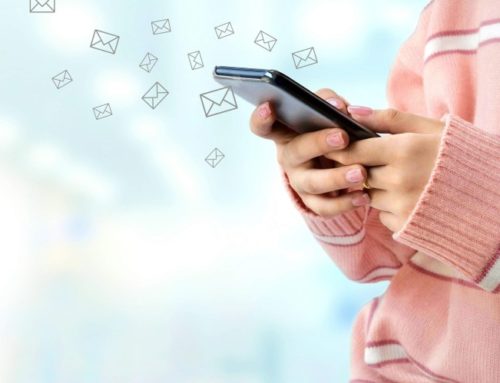With the advent of social media, it seems like you constantly hear cries of “Email is dead!”
That isn’t exactly true based on a recent survey of small to medium business by SharpSpring and Ascend2. In that survey, most participants said email was the best way to get their communications out with 77% saying email was the most effective channel to drive marketing content to prospects. (Social media and blogging were the next two important channels.) And 87% of those surveyed also say the effectiveness of email-driven content marketing channels is improving.
And it makes sense. Email is fast. Email is cheap. Email is versatile. Email allows you to personalize communications in a way that social media can’t, and it is quicker and less expensive than print. It provides the best way to target a specific audience by allowing you to segment your donors, volunteers, and clients.
An email can be written, sent and received in an afternoon as opposed to direct mail which can take days to print and ship.
You can also better track how your readers are responding to your communications by checking open rates and click-throughs. You can also easily test subject lines or calls to action.
There are lots of benefits to email, but it needs to be done right. And there are a lot of ways to do it wrong.
Here are 7 Mistakes You Need to Avoid with Your Email Newsletter
1 Not having a clear goal in mind.
Are you using email to motivate action like donations or volunteering? Or to educate donors about the work they have supported in the past? Or to provide services to members? Knowing what you want to achieve via email is essential to creating the right content and delivery schedule.
2. Attaching or linking to documents.
Linking to a pdf version of your newsletter or attaching it to an email does not make that an e-newsletter. Most people do not want to have to download a pdf to know what the email is about, especially if they are reading your email on their smartphone. While it’s certainly fine to provide links to related resources, provide content within the email itself.
3. Catering to staff interests.
Your newsletter should reflect your readers’ interests, wants, and needs more than your staff’s. Put yourself in their seats. Do they really have a compelling reason to read what you are writing? Your staff may think the new software they got is awesome (and it probably is), but most of your readers don’t really care.
4. Focusing on the past.
Focus the majority of your content on today and tomorrow, rather than yesterday. People want to know what’s happening now and what the next big thing is. When you do talk about past events, describe them in ways to connect to the future.
5. Not including a call to action.
I’ve read your newsletter. Now what? Every email should give the reader something to do. Always provide a next step, even if it is something as simple as “Learn more” with a link to a related website page.
6. Letter from your director.
Letters from the director are typically full of jargon and behind-the-scenes minutiae, leaving readers feeling left out of the conversation. Effective email newsletters focus primarily on your readers, what they care about, and how they can connect to you and your cause. Very brief director letters can work, but they must have a laser focus on the reader: plenty of “you,” “you,” and more “you.” What if your director really loves writing that letter? Give her a blog and link to it.
7. Listing a full calendar of events.
Instead of including a great big event calendar with boxes for each day of the week, put that elsewhere online (try Google Calendar, for example). In your newsletter, highlight a few upcoming events and include a link to the full calendar.
You also need to be sure your email isn’t making common design mistakes either.
Here is a list of 7 Email Newsletter Design Mistakes from Constant Contact:
- Ignoring mobile
- Forgetting about branding
- Using hard-to-read fonts
- Adding the wrong colors
- Forgetting to organize
- Not using (or misusing) images
- Not adding relevant links and buttons
Have more questions about email newsletters? We have you covered!






